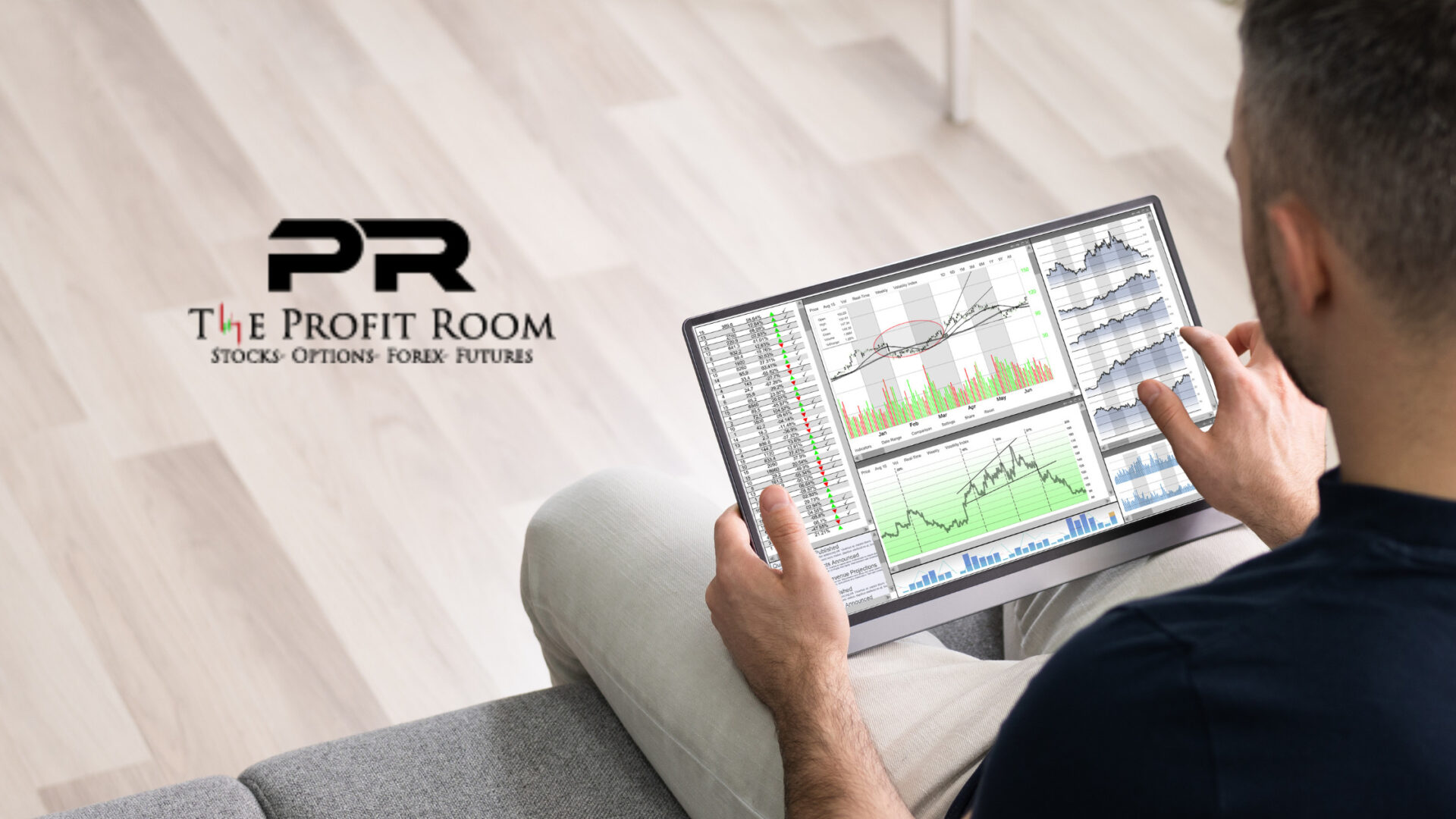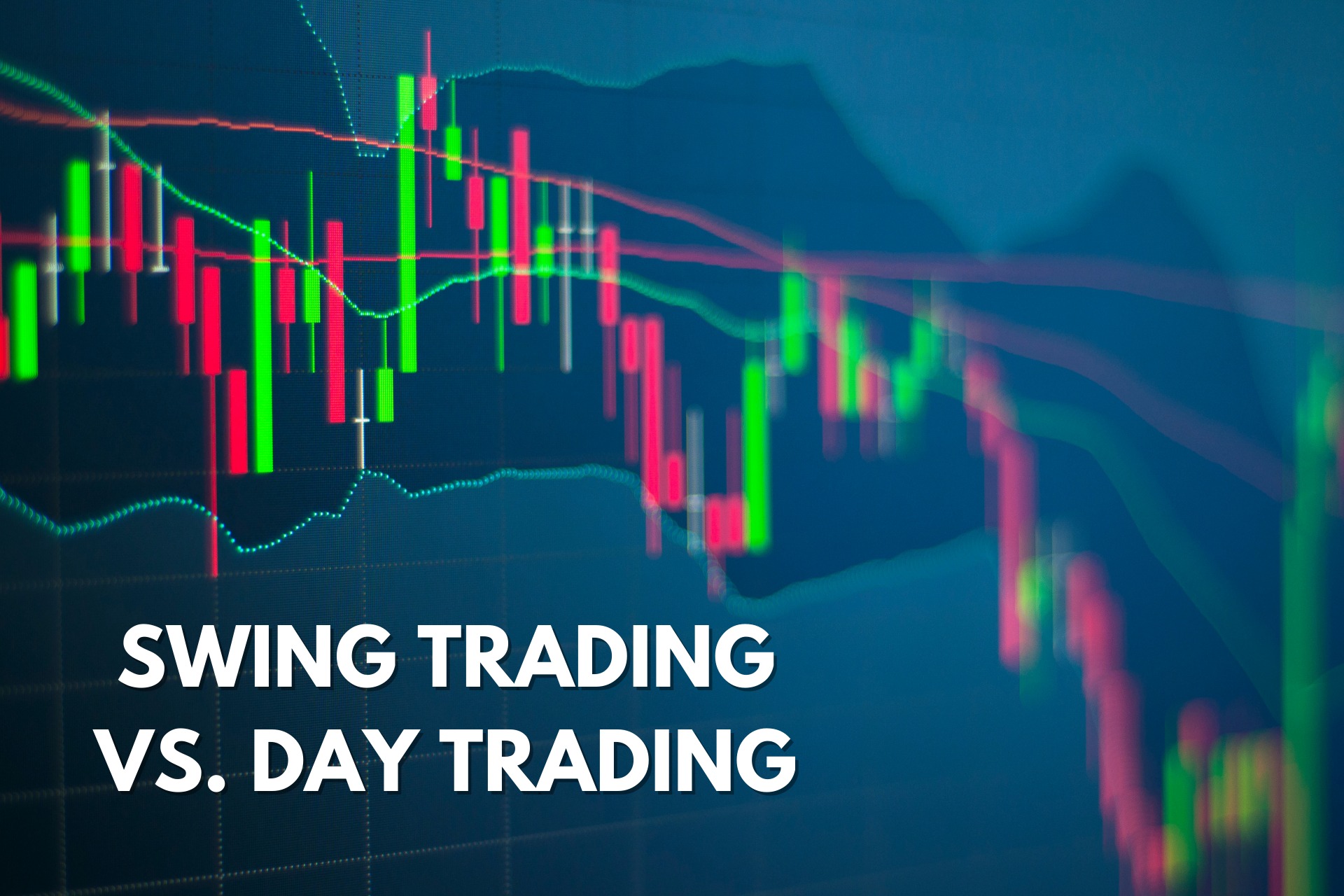Currency trading can be an exciting and rewarding way to make money in the markets, but it is also a high-risk endeavor. Currency traders must understand the nuances of different currency pairs, economic indicators, and risk management strategies if they are to have any chance at success. This article will explore all three aspects of currency trading so that readers can gain a better understanding of this complicated yet potentially lucrative market.
Overview of Currency Trading
Currency trading is the buying and selling of foreign currencies in the global market. It is a popular form of investment due to its potential for high returns and low risk, as well as its liquidity and 24-hour access. Traders can choose from a wide range of currency pairs to trade, such as USD/EUR or GBP/JPY. Currency traders must understand the nuances of different currency pairs, economic indicators, and risk management strategies if they are to have any chance at success.
The main goal of currency trading is to make profits by speculating on changes in exchange rates between two different countries’ currencies. This type of trading requires an understanding not only of basic concepts such as supply and demand but also macroeconomic factors that affect exchange rates such as interest rates, inflation levels, political stability, etc.
Traders need to be aware that there are risks involved with this type of investing; however, these risks can be managed through careful planning and research into each individual position taken on a particular pair or set of pairs. By understanding how markets work over time it becomes easier for traders to anticipate which direction prices may move in the future so that they can take advantage accordingly.
Different Types of Currency Pairs
When trading currencies, it’s important to understand the different types of currency pairs available. The most common type of pair is known as a “major” and consists of two major world currencies such as the US Dollar and Euro (USD/EUR) or British Pound and Japanese Yen (GBP/JPY). These pairs are the most traded and have the tightest spreads, which is the difference between the bid and ask price.
Another type of currency pair is called a “minor” and consists of a major currency paired with a less traded currency such as the Australian Dollar (AUD) or Canadian Dollar (CAD). These pairs tend to have wider spreads and less liquidity, so they may be more risky but also more profitable.
Finally, there are also “exotic” currency pairs which involve a major currency paired with an emerging market currency such as the Mexican Peso (MXN) or Turkish Lira (TRY). These pairs can offer higher potential returns but also involve a lot more risk due to their lack of liquidity.
Understanding Economic Indicators
Economic indicators provide valuable insight into the current state and future direction of a country’s economy, as well as providing valuable information for traders looking to make informed decisions in the markets. Knowing how to interpret economic indicators is essential for anyone who wants to be successful in currency trading or any other type of financial market investing/trading activity. It is important to understand what types there are, how they work, and which ones are most relevant when it comes time to make decisions about investments or trades in the markets.
Some of the most important economic indicators to be aware of when trading currencies include Gross Domestic Product (GDP), Employment, Consumer Price Index (CPI), Interest Rates, and Exchange Rates. Each of these indicators can provide insight into different aspects of a country’s economy such as its growth rate, inflation levels, employment situation, and the strength of its currency relative to other major currencies.
By understanding how these indicators work, traders can gain an edge in the market and make more informed decisions when it comes time to open or close a position on a particular currency pair.
Risk Management Strategies for Currency Traders
Risk management is an essential part of successful currency trading. The ability to properly manage risk when trading can mean the difference between success and failure in the markets. Currency traders should understand and implement a variety of different strategies to effectively manage their risk while still achieving optimal returns.
One of the most important risk management strategies for currency traders is to use risk management tools such as stop losses, take-profits, and trailing stops. A stop loss helps to limit any potential losses by automatically closing a position when it falls below a predetermined price level. Similarly, a take profit helps traders lock-in profits by automatically closing a position as soon as it hits a certain price level. Finally, a trailing stop is used to protect profits by setting a price level that will automatically close the position if it starts to fall.
Another important risk management strategy for currency traders is to diversify their trading portfolio. By investing in a variety of different currencies, traders can reduce the amount of risk they are exposed to in any one particular currency pair.
Popular Platforms Used by Traders Today
In the modern age of online trading, it is now easier than ever for traders to access the currency market. There are a variety of different trading platforms available that can be used to trade currencies, ranging from basic web-based platforms all the way up to complex systems with powerful automated trading capabilities.
Popular platforms used by traders today include MetaTrader 4 (MT4), TradeStation, and NinjaTrader. MT4 is one of the most popular trading platforms available, offering a variety of features such as advanced charting capabilities and automated trading functions. TradeStation is another popular platform with more advanced options for active traders, such as customizable charts and real-time monitoring of the markets. Finally, NinjaTrader is a popular platform for active traders that offers advanced tools for back-testing strategies, automated trading functionality, and access to third-party trading systems.
No matter which platform you choose to use when trading currencies, it is important to understand the various features and options that are available so you can make the most informed decisions about your trades.
The Profit Room is here to help traders of all levels become more successful in their trading endeavors. We provide professional trading education and advice, along with access to our team of experienced currency traders who have years of experience in the markets. Our goal is to help traders achieve their financial goals by increasing their trading knowledge and improving their risk management strategies. With The Profit Room, you can learn how to trade the markets more effectively and maximize your potential profits while minimizing your risks.
We look forward to helping you become a successful currency trader! Contact us today to get started.




